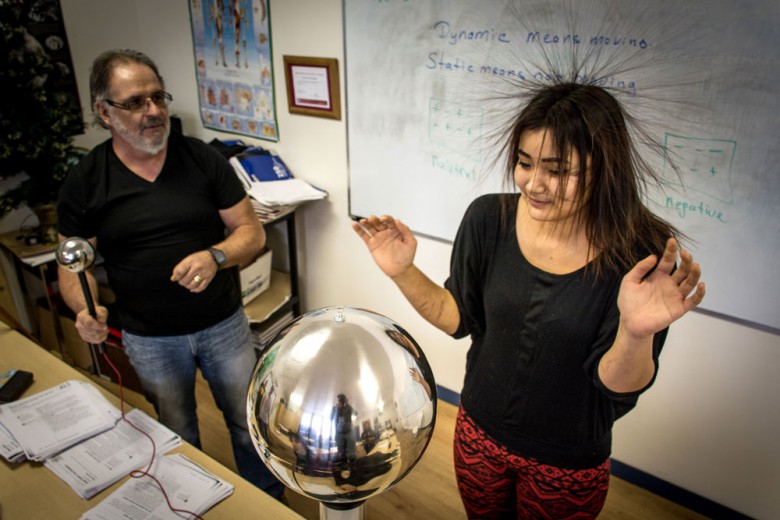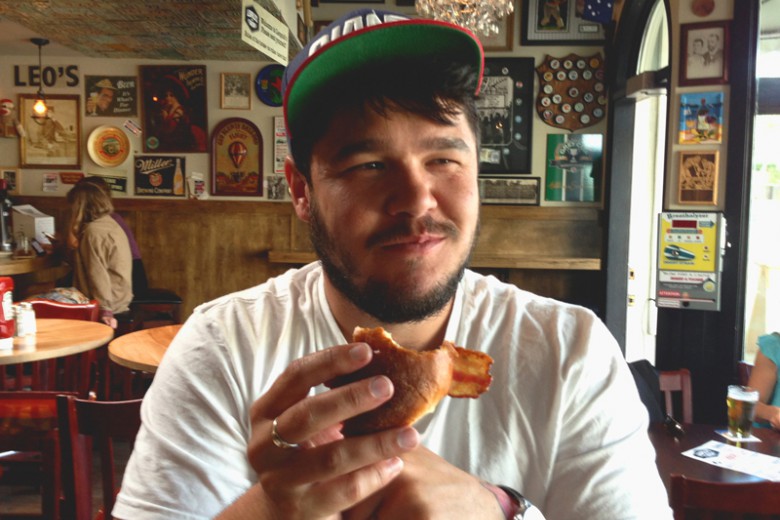
University professors are a curious bunch. Many are gifted and dedicated post-secondary teachers, working hard to educate and inspire their students, while others, despite having succeeded only at school work, exude arrogance and an exaggerated sense of themselves. Rumour has it that shortly after Okanagan College, where I worked, was magically transformed into a “university college” some years ago, one professor stood up at a faculty meeting and declared, “I am ashamed to be working at an institution that also teaches welding.”
Why such hubris? Because these arrogant folks have managed to churn out tedious dissertations on such urgent topics as The Metallurgy of Coinage in pre-Confederation Upper Canada? Because they publish regularly in the several academic journals devoted to this subject while attending as many pertinent international conferences as possible?
At the very least you would expect those operating in our institutions of highest learning to be good at what they profess to do – teach. But sadly, this is often not the case. Worse, from my experience, they’re not particularly interested in learning how to do so.
This became painfully clear to me about 10 years ago when I was hired to provide all incoming professors at our newly minted university college with a four-day teacher education crash course. I figured I was up for the challenge: I have taught for 20 years at all levels from middle school to university, coordinated a teacher training program for Simon Fraser University, and delivered dozens of instructional skills workshops across the country (heck, I even snagged a graduate degree in education for credibility). It might even be kind of fun, I thought.
Boy, was I wrong.
The program included all the core elements – lesson planning, instructional methods, evaluation, teaching aids, practice teaching and so on. For the most part, the profs had never taken an education class in their lives. Doesn’t it seem ironic that we require kindergarten teachers to take two or three years of teacher’s education on top of a BA, but expect no education training – even in education faculties – of university professors? That lack of training did not translate into curiosity: most went through the motions with a combination of resignation and mild interest.
Until, that is, we came to the concept of objectives.
I have never been a big fan of using learning objectives in the classroom. (Learning objectives are clear statements of what a teacher wants a student to be able to do or know as a result of a lesson. For example: at the end of the lesson the student will be able to name all the moving parts of a diesel engine with 90 per cent accuracy.) While I have always acknowledged that it is critical – for me and my students – to have both a clear sense of where I want students to be by the end of a lesson and a plan for getting there, in practice, I’ve found the usefulness of learning objectives limited. For one thing, they emphasize only learning that is measurable, and most of what is really important – critical thinking, empathy, interpersonal skills – rarely falls into this category. But I felt that we needed to at least address the issue and discuss the strengths and weaknesses of objectives as a lesson-planning tool. The result was astonishing.
Try as I might, I could not get these highly educated men and women to think about learning in terms of student activities and outcomes. Over and over, the objectives they came up with were instructor-centred: to teach the difference between Impressionist and Post-Impressionist art. To demonstrate the correct way to dissect a frog. To explain the difference between a sine and cosine. I was stunned: the idea that they needed to think not in terms of what they were going to do, but what they wanted the student to know or be able to do, not to mention to feel, was utterly beyond them.
When I tried to press the issue, the resistance became fierce. Finally, an instructor slammed his fist down. “Look. I have a PhD in Art. My job is to teach. The student’s job is to learn. That’s all I need to know, and that’s all they need to know.” With that he stalked out of the classroom.
As I reflected on what was going on, I began to understand. These were professionals who were experts in their fields. They knew the material backwards and forwards. Their job was to transmit it. If they had to begin to think in terms of students rather than themselves, of process rather than content, of student activities rather than instructor activities, things suddenly became much messier. They would have to constantly monitor to see if their students actually understood the material. They would have to think about different ways to present the content that would accommodate different individual interests, abilities, backgrounds and learning styles. They would have to dialogue with the learners.
In other words, they would have to take some responsibility for student learning. Their job would no longer be merely to instruct, but instead to ensure that student learning was actually taking place. This was scary.
Rather than being professors – “one that professes, declares or avows” – they would have to become teachers.






